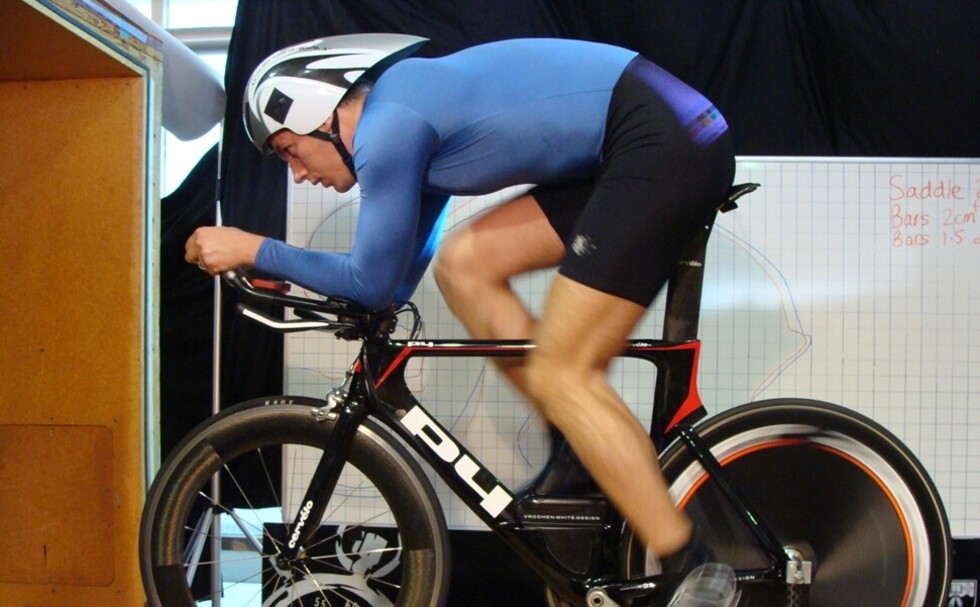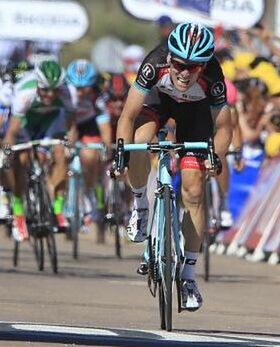The finale of the 2013 Tour de France Stage 2 was gripping, to say the least. It’s fairly rare to see a late break succeed.
In these situations the topic of equipment choice is highlighted more sharply than in a standard bunch gallop where the standard of lead out and strength of the sprinters kick are dominant factors. So I’ve done some quick analysis of the last mile (1.6km) of the race.
It’s well established that I have some slightly OCD tendencies, so it should be no (or not much of a) surprise that I timed the last 1.6km from where Jan Bakelants ditched his breakaway companions. An exercise which took 45mins because I decided to watch the preceding 30km again. More importantly – Bakelants averaged 53.3kph over that final mile on his own.
He ended up crossing the line 1s (15m at that speed) ahead of the fast finishing Peter Sagan and the rest of the Peloton. Clearly – for a solo effort against the wind and a hungry pack and with the stakes so high you want to have every advantage. Bakelants rides Treks Madone 7 series – with KVF (truncated airfoils) shapes to reduce aero drag. So the topic of this article is ‘how much was that worth?”
Here is the last 1.6km of the route today – heading SE to the tip of the Harbour at Ajaccio.
The wind was blowing at 14.8kph in a SSW direction with the air temperature at 26°.
I Modelled these conditions and shall compare the Trek Madone KVF to a Cannondale Super Six Evo (Peter Sagan rides one) using Cervelos wind tunnel testing. The Cervelo testing is noteworthy for using a mannequin to simulate having a rider on board and both bikes were tested with the same pair of wheels/tyres.
Note that I’m not comparing to the Cannondale just because Sagan rides it – they weren’t going head to head – it’s just a good indication of the performance of a round tubed bike.
The difference over 1.6km in the stated conditions is 0.7s or 10.3m. Not much.
But ‘not much’ is frequently the difference between winning and losing. I’m not going to dwell on the ‘what if’ scenarios of whether Sagan could have got on to his wheel and come around him if the gap was narrowed by 10m. What I will point out is that a finish line gap of only 5m would have seen Bakelants awarded the same time as the Peloton – leading to David Millar holding the Yellow Jersey for Stage 3.
So that ‘not much’ is worth a huge amount to Bakelants, his team and the sponsors.
Ultimately Bakelants won because he put his head down and suffered for it, but it’s worth remembering that equipment choices can make crucial differences that magnify the effect of your efforts to deliver the best possible result.
Stage report here: http://www.cyclingnews.com/tour-de-france/stage-2/results
Bike feature here: http://velonews.competitor.com/2013/06/news/trek-launches-new-madone-7-with-lighter-frame-better-braking_292596

